Kimoto: I first learned about ASNOVA when I attended an event where ASNOVA was on stage. There, I was impressed with ASNOVA's efforts and vision, and began to think about how I could apply them to our own parkour. After that, I contacted ASNOVA through the organizer of the event, and when I told them about my desire to try something new, they were happy to agree.
Yagi: In a word, I think it's a flexible company. I'm very happy that they don't reject ideas, but first accept them, and then they respond from the perspective of "how can we make it happen?" Even when I consulted them about building scaffolding outside the Spemon training facility, they listened to my requests in detail. With ASNOVA's help, I was able to see a scaffolding facility like those overseas, and it felt like one of my dreams had come true.

Kazuya Yagi
Yuma: I recently joined Spemon, and I had only heard about ASNOVA from the other members. However, when I met them in person, I was very happy that they were willing to listen carefully to the opinions of a young person like me. As I listened to them, I learned about the potential of scaffolding and what they are aiming for as a company, and I felt that we had a high affinity. I feel like I've met an amazing partner! That's my honest impression.
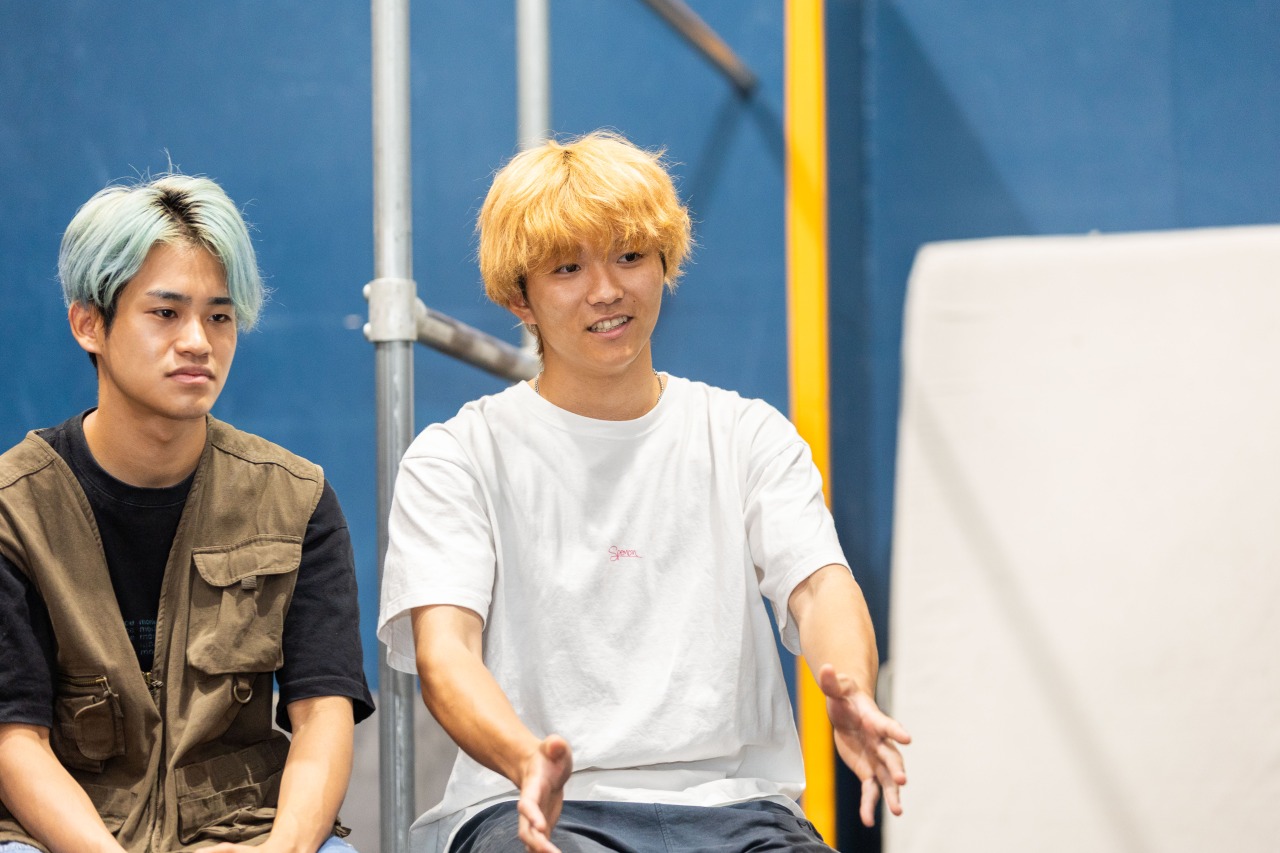
Yuma Nagata
Kimoto: I think ASNOVA is a company with a very adventurous spirit. Parkour is not that well known in general, and some people think it's a dangerous sport, but they said, "Let's do it together," and joined forces with us. I don't think there are many companies like that.
As both of them said, being able to easily voice our opinions also translates into safe events. I felt that they were serious about scaffolding, so I felt that I could trust them when working with us. When you hear the word "scaffolding" or the construction industry, you might imagine a stiff image, but the employees were very friendly, the office was stylish, and it was completely different to my preconceptions.
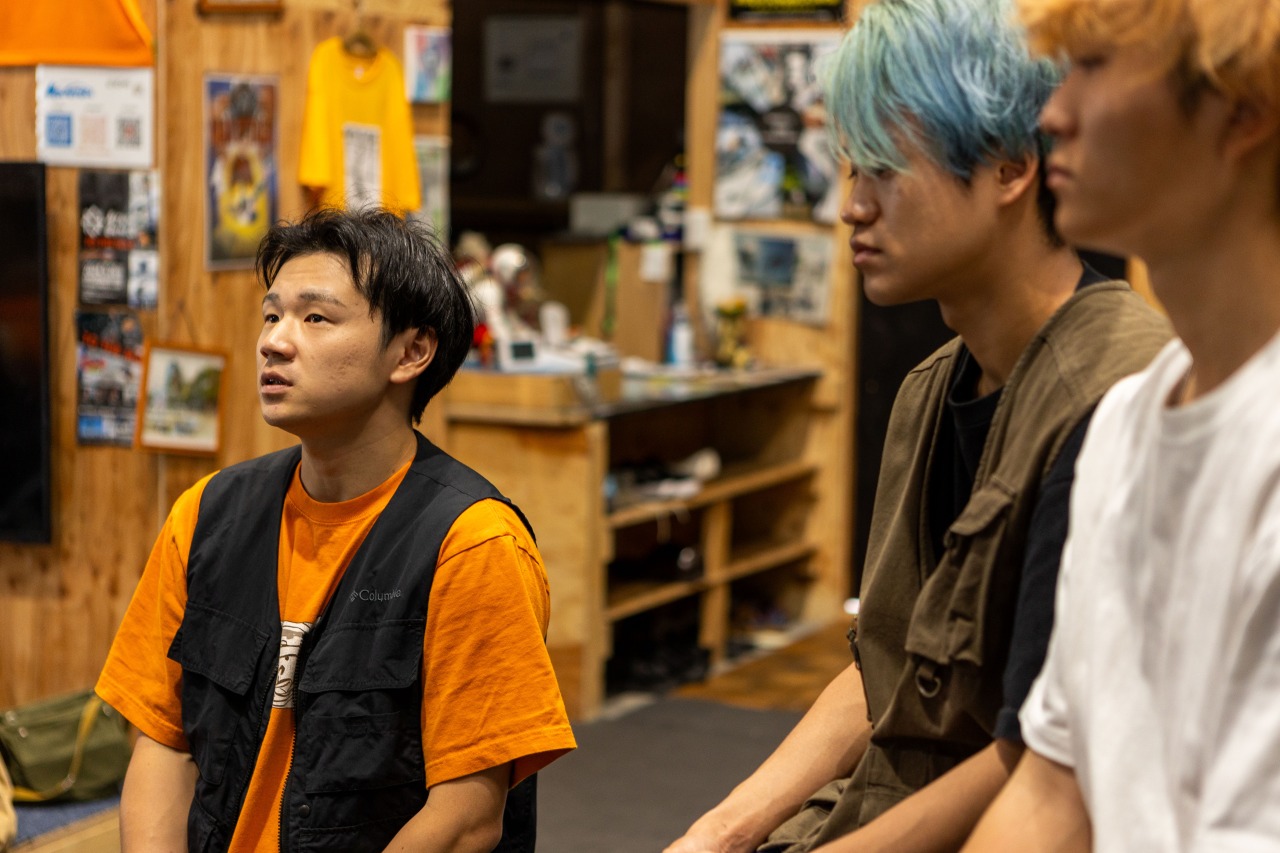
Yagi: As a company, many people tend to have conservative ideas, but I think it's great that everyone at ASNOVA is trying to find fun things to do. And we sympathize with that. I would almost like to join the company if I could (laughs). That's how much I respect them.
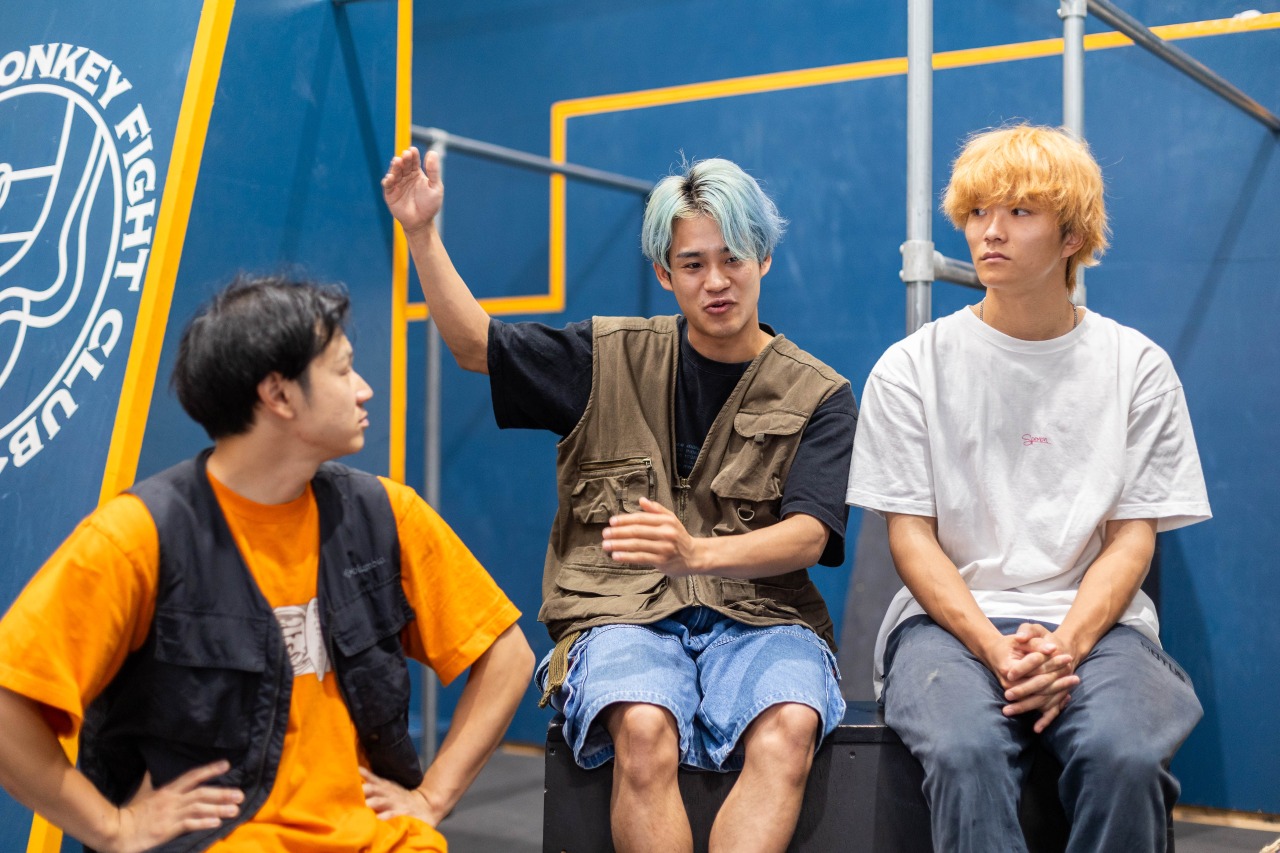
Q. What is the appeal of the material "scaffolding" for parkour?
Yagi: One of the attractions of scaffolding is that you can do horizontal bar movements. I think the difference in the level of horizontal bar is what makes Japanese parkour feel like it has a wall with the rest of the world. There are parkour parks with scaffolding installed all over the world, but they are not so common in Japan. By mastering the use of scaffolding, the range of ways to present parkour can be expanded.

Kimoto: I feel that scaffolding is just the right size to grip. The horizontal bars at parkour parks are a little thicker than scaffolding, and conversely, the horizontal bars at parks are a little thinner, so if you grip and apply pressure, the skin on your hands can peel off. In comparison, scaffolding is easy to hold. You can grip it without stress, and it's easy to perform tricks. I think that if you do parkour, it will feel natural in your hands.

Yuma: Parkour uses walls, buildings, boxes, and other things in addition to scaffolding, but because scaffolding has a lot of space, it can be displayed in a variety of ways, such as climbing on top, going under, spinning around, and putting your feet on it. It stimulates my creativity, so I never get bored.
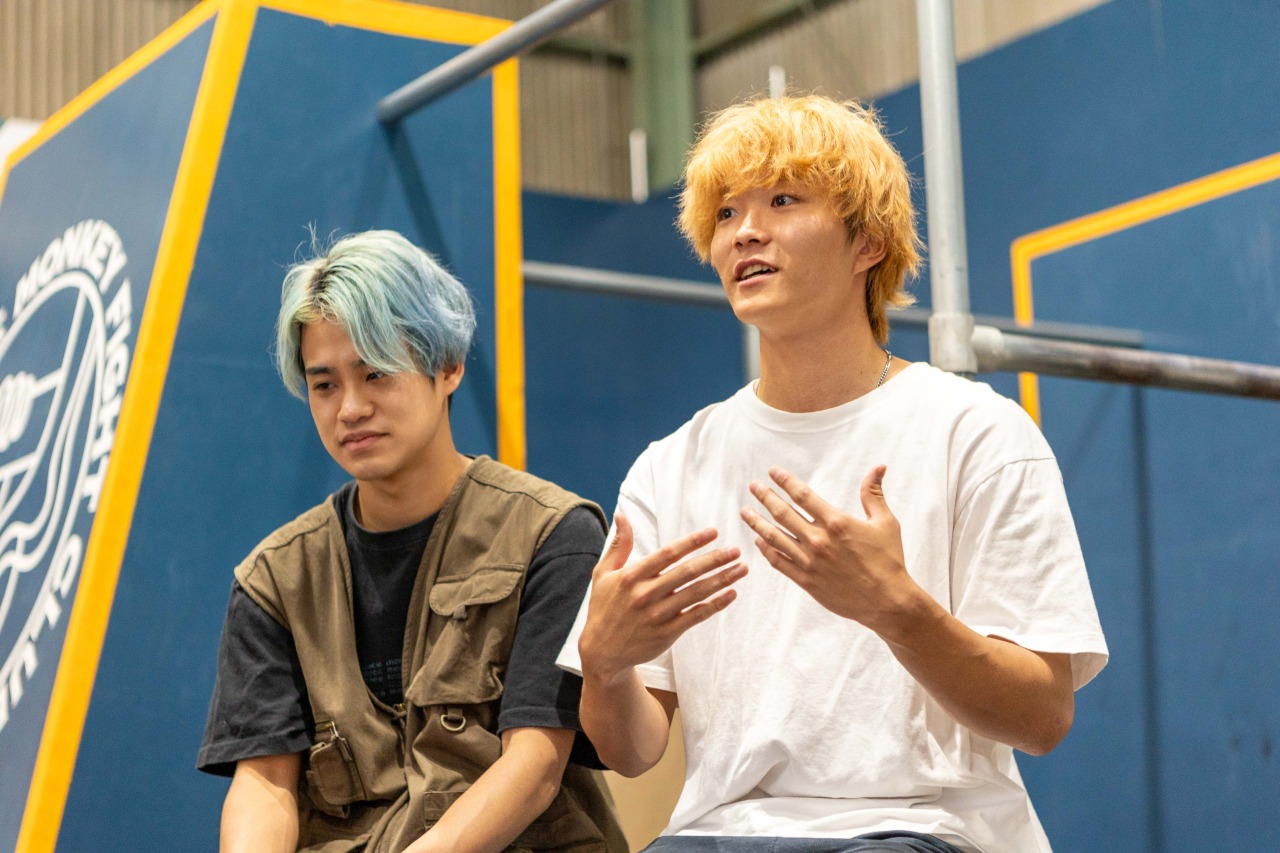
Kimoto: Just the fact that there is scaffolding makes us excited (laughs). It may be hard for the average person to understand, but it is an attractive material for parkour players.

Bringing Japanese parkour to the world. The future of parkour with ASNOVA
Q. In April 2024, you competed in the world championships in a sport called chase tag, which is derived from parkour. Please tell us briefly about that.
Kimoto: Around January 2024, we were approached by the organizers of the Chase Tag World Championships to participate as a Japanese team. However, there were only four months until the actual competition, and we were hesitant about taking on the challenge overseas (France), but there was something about the Chase Tag genre that appealed to us, and we also wanted people in Japan to know about our activities, so we decided to give it a try. So, when we contacted ASNOVA to ask for their support, they said, "We don't have much time, so let's get ready quickly!" When they said, "We don't have much time...", I honestly thought it might not work, so I never expected them to support us, and I was actually surprised (laughs).

Kimoto: Thanks to that, we got a lot of interest from the media, including TV and newspapers. But at the same time, we struggled day after day wondering what value we could provide. The Chase Tag World Championships were held in France, so there was a language barrier, and it was hard to understand the strict rules... In the midst of all that, ASNOVA's presence was a real support. As the competition drew closer, we gained confidence and courage, and were able to take on the challenge.
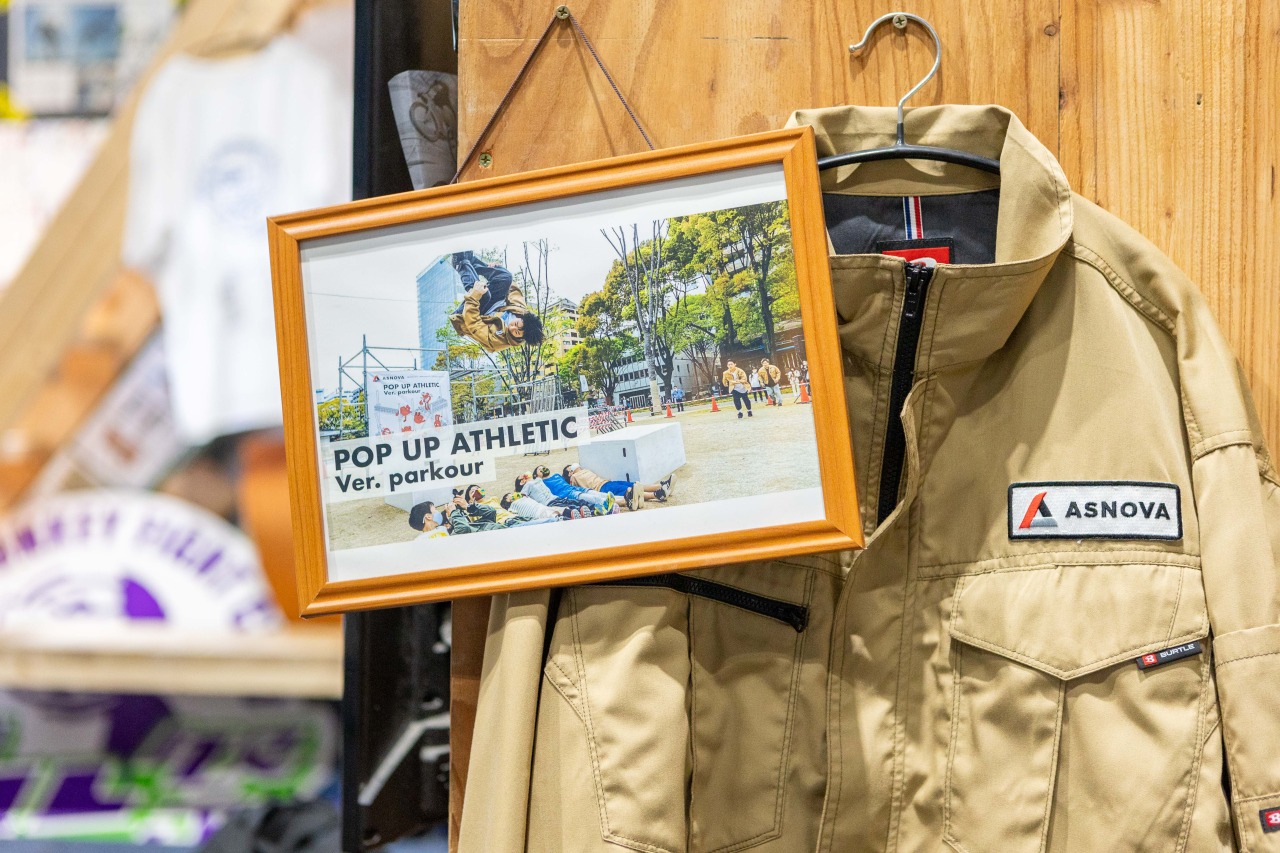
Q. Now that the tournament is over, please tell us your honest thoughts.
Yagi: It was purely fun! Every day was stimulating. Also, my English has improved a little (laughs). Right after I went overseas, I could only understand about 20% of the conversations, but by the end of the tournament, I could understand 40-50% of them, and I could reply 20% of them in English. This has given me a lot of confidence as I consider taking on challenges overseas in the future.

Yuma: It was my first time going overseas, so I was both nervous and excited. I only had a few months to prepare, so I was determined to actively communicate with the locals and absorb as much as I could. It was actually fun talking about parkour with the foreign athletes, and I also had the opportunity to receive one-on-one instruction, which was very refreshing. It was originally my dream to do parkour in Europe, so I feel like I've taken a step closer to that dream. This time, I left most of the communication regarding the competition up to Kimoto-san, so I hope that one day I'll be able to handle it on my own.
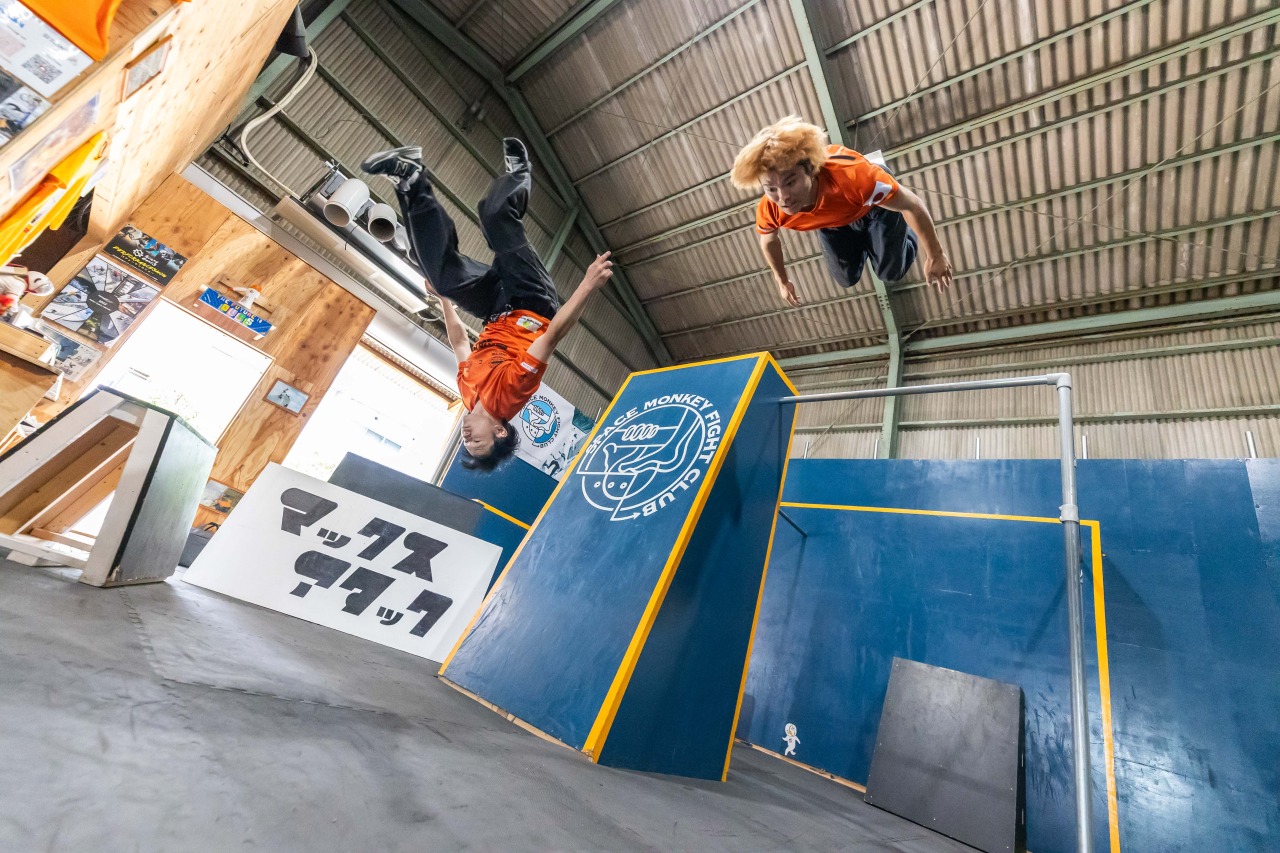
Kimoto: I also really enjoyed interacting with players from overseas. And above all, I felt that chase tag is a sport with a lot of potential. While communicating with the tournament organizers, we talked about holding the world championships in Japan one day. Although we ended up losing all our matches at the world championships, I think both myself and the other team members gained a lot. It was a valuable opportunity for Japan to take its first step into the world of chase tag.
Also, thanks to the strong support of ASNOVA, I think we were able to raise awareness of parkour and chase tag in Japan. It was also a great achievement for us, and I think it was a very meaningful challenge.
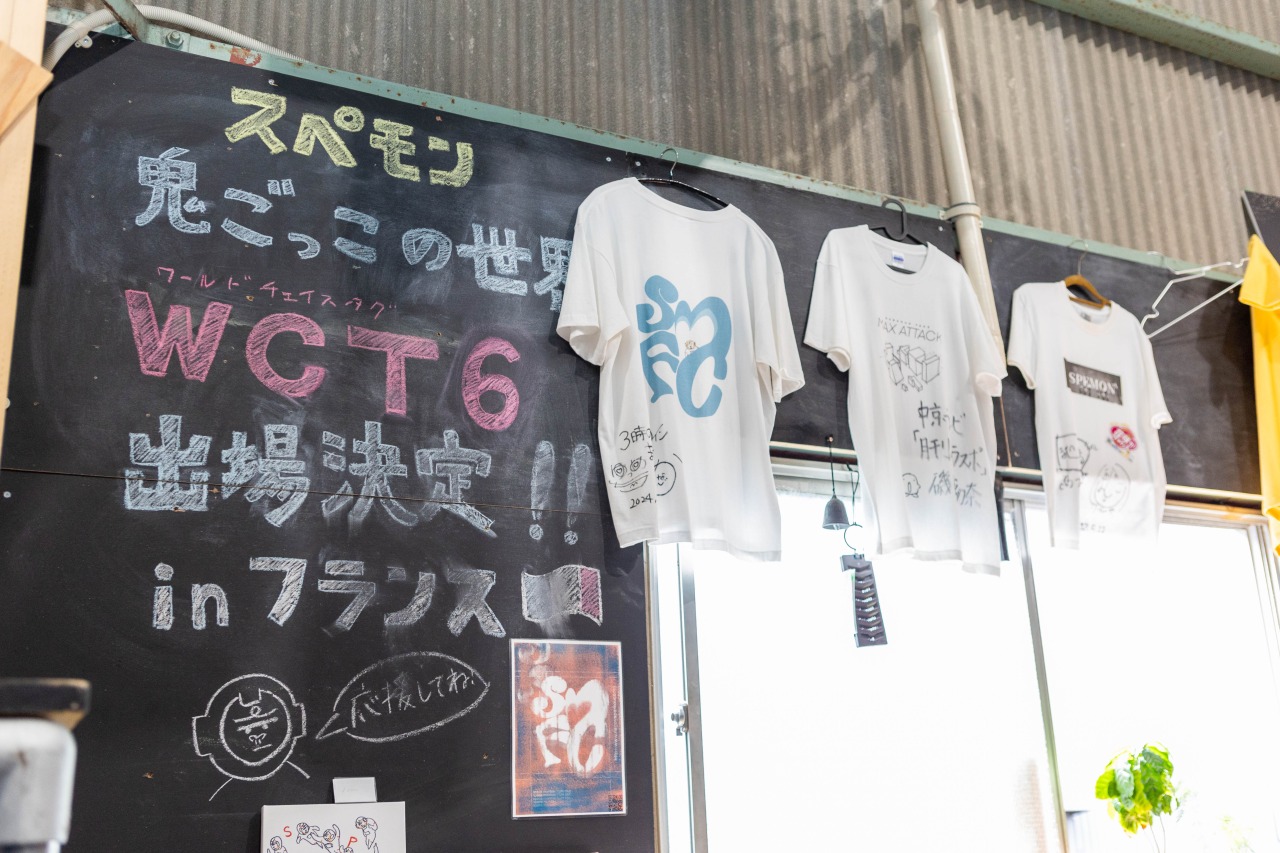
Q.Please tell us about your future prospects.
Kimoto: I want to explore all the possibilities that parkour has to offer. I believe that parkour has helped me become who I am today, so now I want to give back. I want to continue my activities so that even one more person can find happiness through parkour.

Kimoto: As we continue our challenge, we may have various requests to ASNOVA, but we would be happy if we could cooperate with each other as people who believe in the possibilities and continue to take on challenges. From now on, we would like to spread the appeal of parkour and scaffolding to even more people through our partnership with Spemon and ASNOVA.
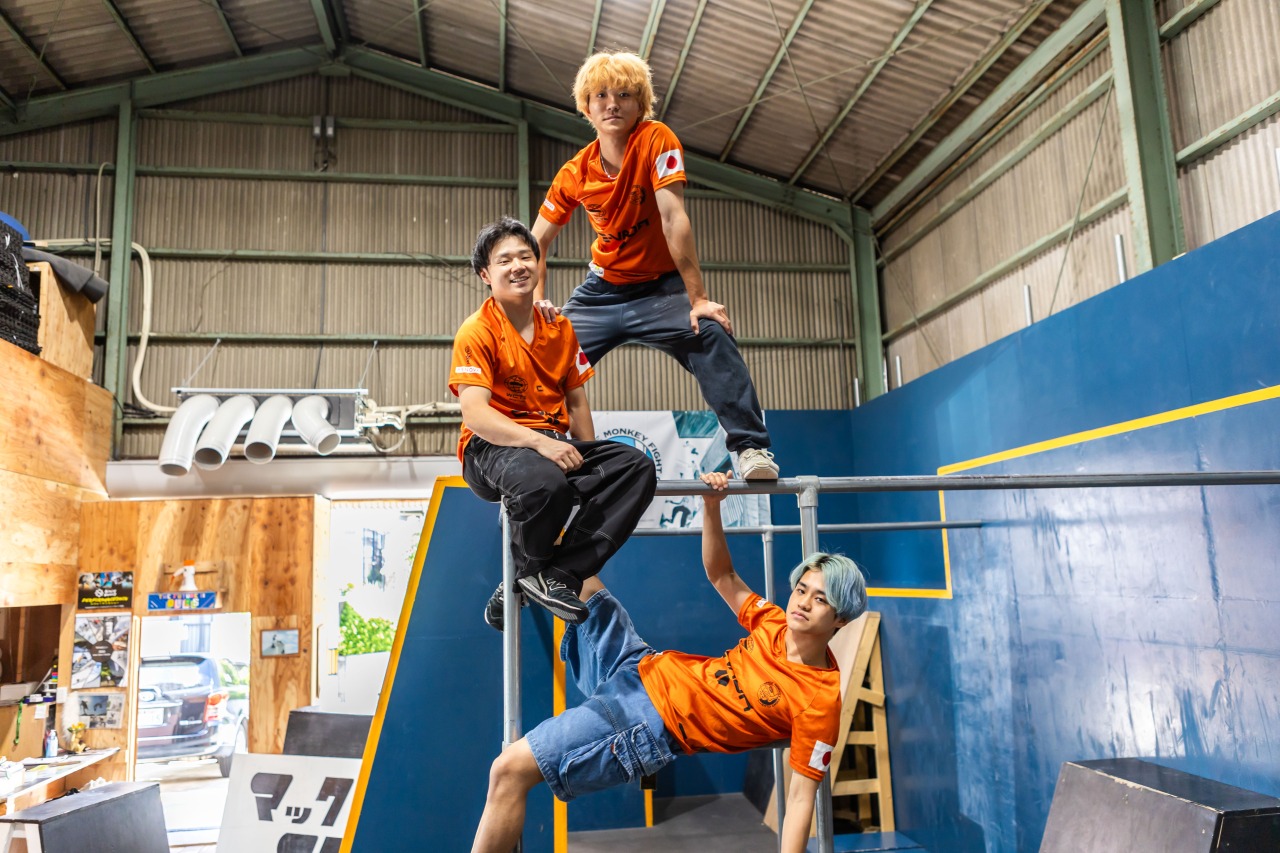









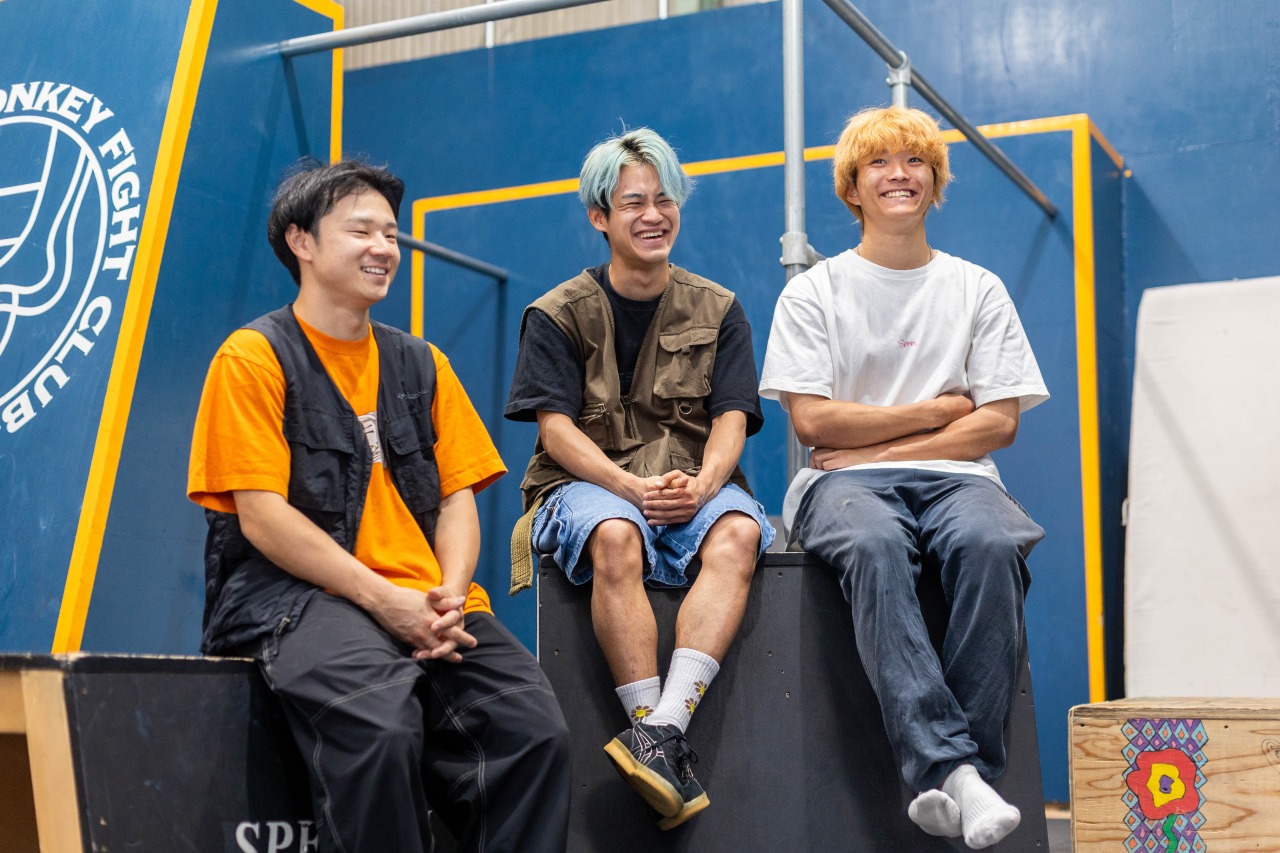
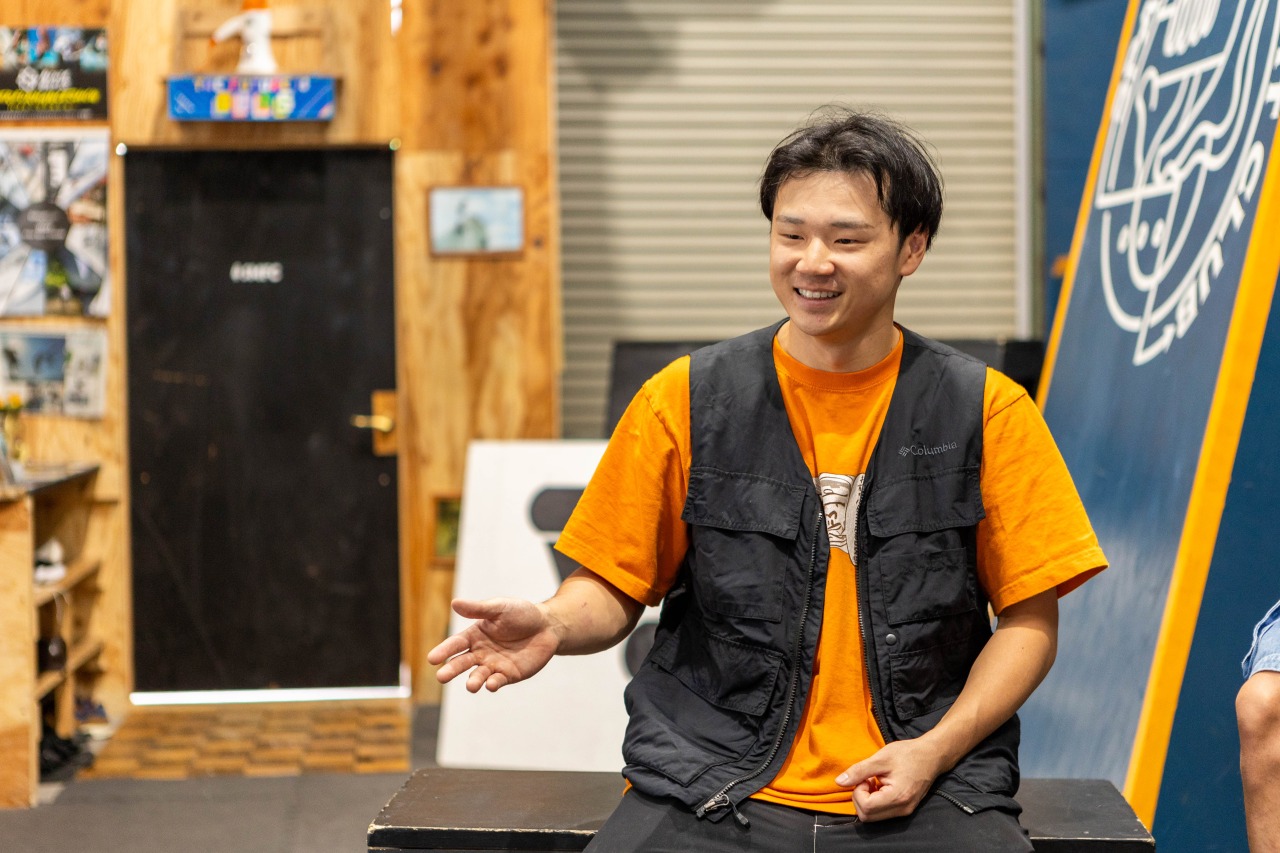





















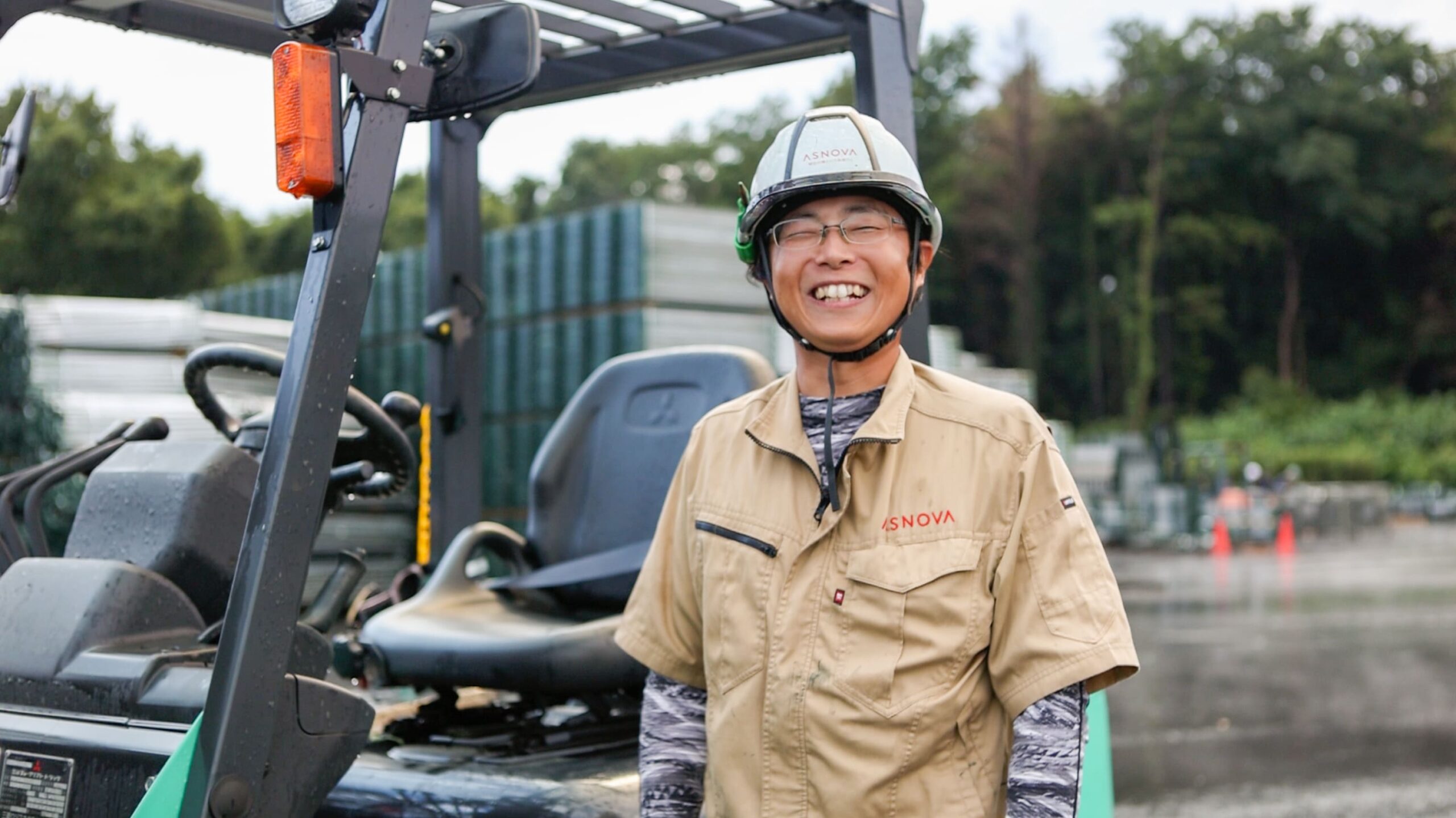





![[Circular Project Dialogue Vol.2] Starting from ASNOVA’s Culture, Envisioning the Future of “Circulation” Through Diverse Perspectives](/wp-content/uploads/2025/10/3V6A9768-scaled.jpg)





![[Circular Economy Project Dialogue Vol. 1] The First Step Toward a Circular Society. ASNOVA’s Vision for a Sustainable Growth Curve](/wp-content/uploads/2025/09/2R2A0226-scaled.jpg)




